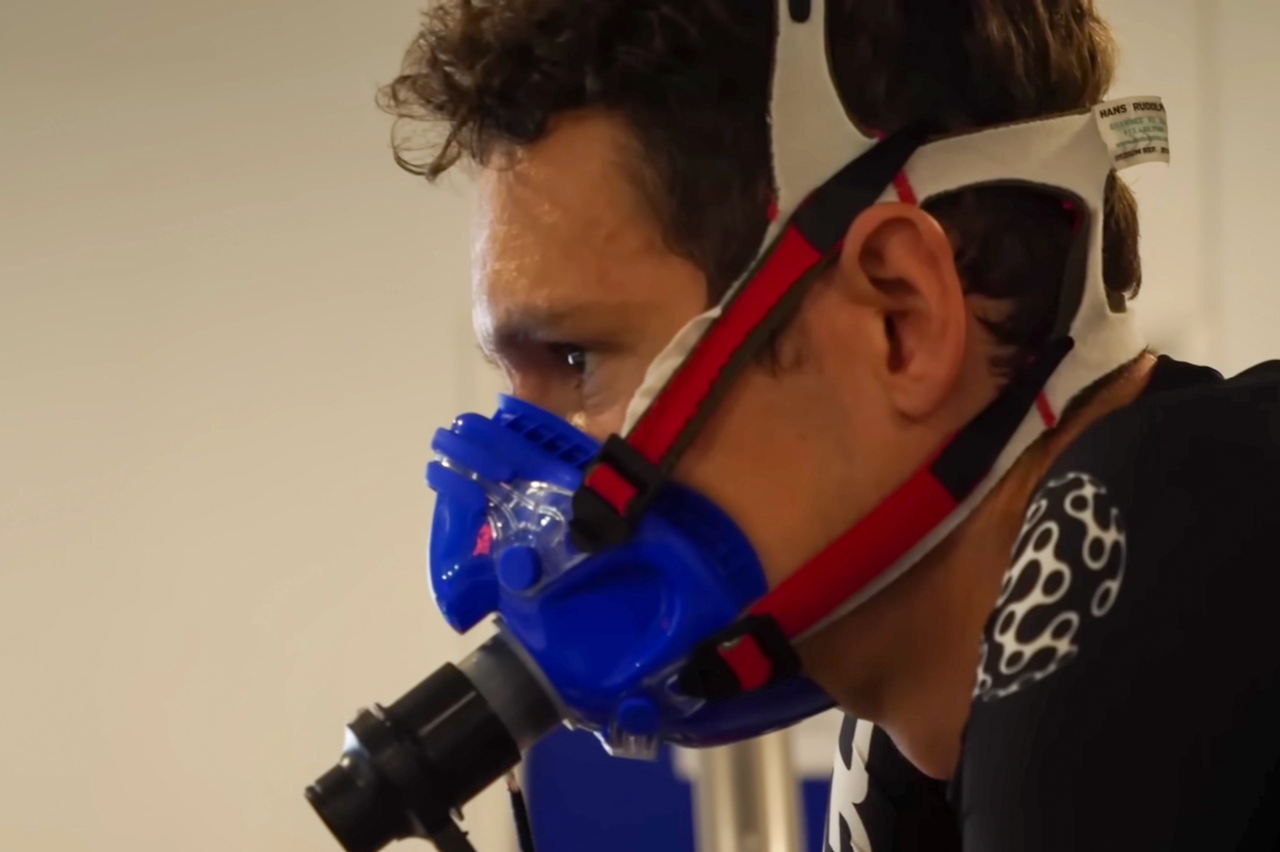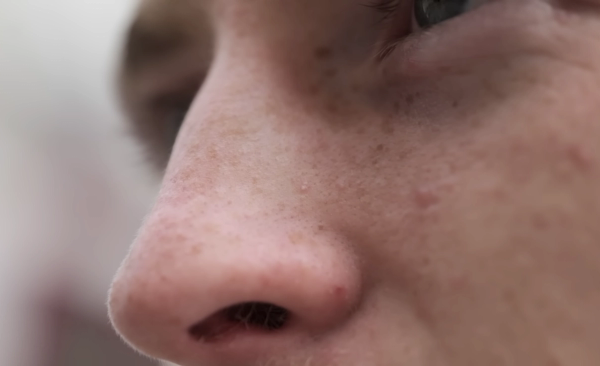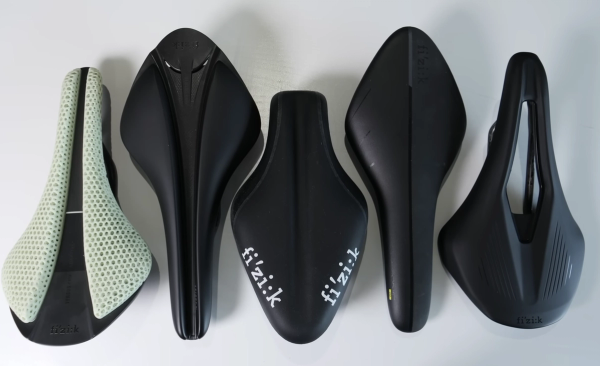New study shows bike fitness can reduce the risk of nine cancers for men
An analysis of over a million men shows that being fit reduces your risk of getting these specific cancers
James Howell-Jones
Junior Writer
© GCN
Higher fitness level is linked to lower cancer risk for certain types
The British Journal of Sports Medicine has published a new study that suggests that cardiorespiratory fitness in young men leads to a lower risk of developing certain cancers.
The study tracked 1,078,000 men, all of whom were conscripted to military service in Sweden between 1968-2005. Upon conscription, each man performed a fitness test on a static bike. Years later (on average 33 years later), the men were contacted to check on their health, and the researchers found that 84,117 had developed at least one type of cancer.
The researchers found that the participants with a higher fitness level were less likely to get certain types of cancer. Here are the specific types of cancer and the amount of risk reduction:
- Head and neck - 19% less likely
- Oesophagus - 39% less likely
- Stomach - 21% less likely
- Pancreas - 12% less likely
- Liver - 40% less likely
- Colon - 18% less likely
- Rectum - 5% less likely
- Kidney - 20% less likely
- Lung - 42% less likely
The researchers concluded that higher fitness levels in healthy young men reduced the chances of many site-specific cancers later in life, and suggested their results should have implications for public health policymaking – if policymakers can get young men active, fit and healthy, they’ll be able to make big improvements in cancer rates later in life.
Overall, it’s good news for anyone with good cardiovascular fitness. However, there were a couple of types of cancer that were made more likely by increased fitness. Firstly, skin cancer was more prevalent in fit men – those in the high cardiorespiratory group were 31% more likely to suffer malignant skin cancer. Then, prostate cancer, which was 7% more likely to affect men in that higher fitness group.
The authors put the increased risk of skin cancer down to higher UV exposure – people who do more exercise spend more time outdoors, naturally. As for the increased risk of prostate cancer, the Independent reports that in a previous study analysing the same data set, the increased likelihood of prostate cancer was attributed to increased screening rates among fit individuals.










